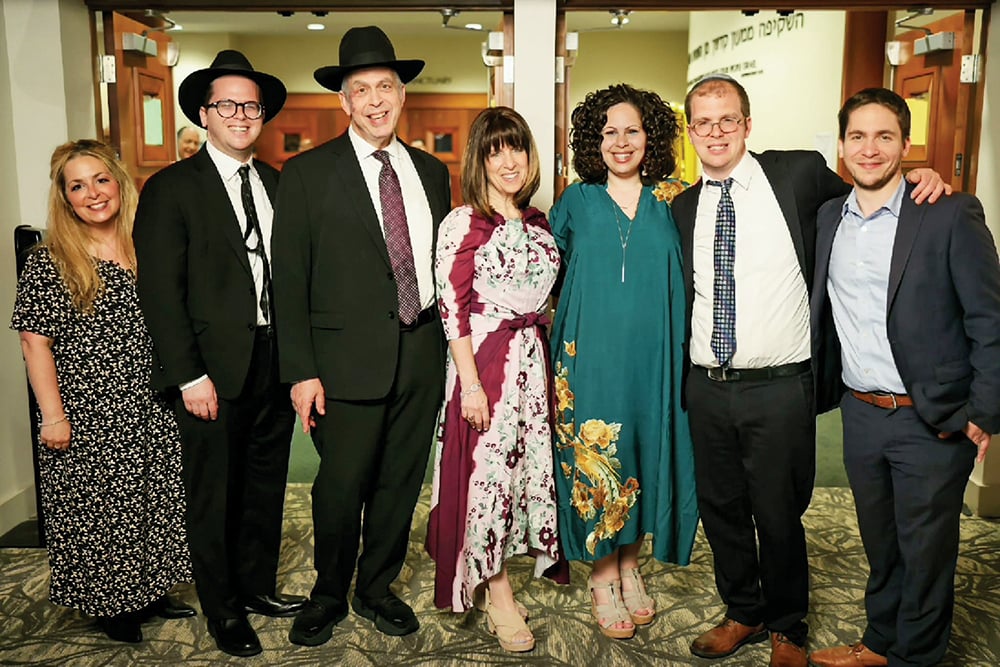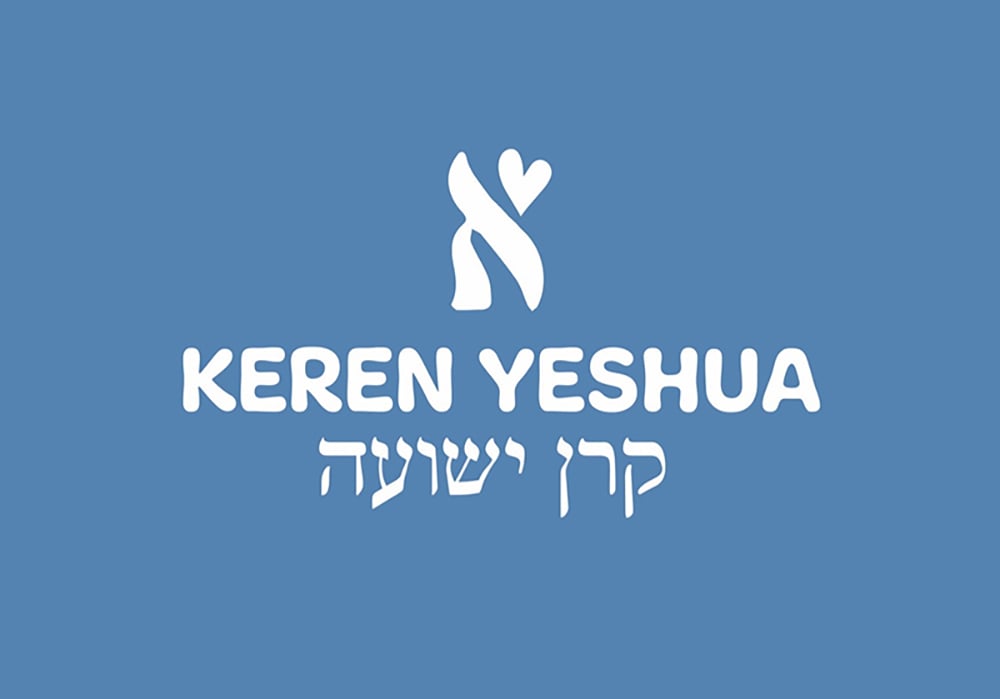Part III
The Search for A Solution
Rabbi Eliezer Silver, who had established the Vaad, and Rabbi Israel Rosenberg, chairman of the presidium of the Agudath Harabonim, were determined to find a solution to the bickering. In late 1946, after returning from a fact-finding trip to Europe, Rabbi Silver and Rabbi Rosenberg decided to institute sweeping changes to enable the Agudath Harabonim to take control of the organization, partly because the Vaad had gone beyond its original mandate. While they had no problem with laymen raising funds and helping lobby in Washington, the major administrative fundraising and decision-making positions were to be filled by rabbis only.
Rabbi Silver wanted the immigration offices of the two groups combined because he believed the Agudath Harabonim would “gain quick access” to the American consuls in Europe and the State Department. At that point, Rabbi Silver was president of both the Agudah and the Vaad, and did not anticipate any objections to appointing a committee to lobby Washington for visas, historian Jonathan Helfand said.
Rabbi Silver also wanted the rabbis in Europe, especially those from Poland who wanted to settle in Eretz Israel, to be able to do so. He was disturbed that some Vaad funds were used to help those leaving for America instead of maintaining Jews left in Europe.
Immigration
Immigration was a serious hurdle Jews had to overcome because of the State Department. To ensure that Jews would not have an easy time finding refuge in the U.S., then-Assistant Secretary of State Breckinridge Long informed his fellow assistant secretary of state, Adolf A. Berl, as well as James Dunn, who served as State Department adviser on political relations, that the department would be able to “delay and effectively stop for a temporary period of indefinite length” the entry of Jewish immigrants to the U.S. This could be accomplished, he said, by “simply advising our Consul to put every obstacle in the way and to resort to various administrative advices [sic] which would postpone the granting of visas.”
This was not at all farfetched. Each American consul general throughout the world had far-reaching latitude in determining eligibility of those who applied to enter the U.S. Using limitations provided by the LPC (“Likely to become a Public Charge”) clause of the 1917 Immigration Act, the consul could deny candidates entry by arbitrarily deciding that they might become reliant on the U.S. government for subsistence.
There were other ways to keep applicants for visas from entering. Ill health could prevent an otherwise eligible applicant from being granted a visa. Before 1930, the LPC clause was used primarily to prohibit the mentally unstable and/or chronically ill from entering the U.S.
Rabbinical Control of the Vaad
Lay leader Irving Bunim bristled at the demand of Rabbi Silver, Rabbi Rosenberg and the Agudath Harabonim for rabbinic control of all decision-making, Helfand pointed out. He said laymen had become involved in the Vaad at the invitation of the rabbis and took direction from them. If their assistance was no longer needed, they would withdraw. Rabbi Silver countered that the reorganization was not intended to estrange the laymen, but to bring them closer together. He did not say how this might be accomplished.
Bunim said the Vaad’s mission had changed from solely helping b’nai Torah. Donors wanted the funds they provided to bring their relatives out of Europe. Though these people were not rabbis or students (three quarters of Vaad funds were spent on rabbis and yeshiva students), the Vaad was forced to comply, recognizing this if it did not help them, the Vaad’s income would be reduced to about half of what the Vaad collected annually.
The JDC and the Vaad
Bunim agreed that the Vaad had to stop feuding with the American Jewish Joint Distribution Committee over allocation of funds, but had serious reservations. Rabbi Silver wanted an agreement with the JDC to clarify areas of responsibility and avoid duplication. Bunim stressed the fact that the JDC provided only $200,000 for religious work. American Jews raised millions for the JDC, but only $200,000 would be allocated for rehabilitation, Helfand said. And if the Vaad accepted this offer, it would be obligated to cease all independent fundraising.
Hostility between the JDC and the Vaad continued unabated. In a very real sense, it was difficult, if not impossible, for outside groups or individuals to cooperate with the JDC, because the JDC viewed these efforts as an intrusion on its turf. Since its inception in November1939, the Vaad had been in an ongoing fight with the JDC.
The apparent lack of sensitivity to the needs of the observant Jews was visible in a number of areas, according to Rabbi Baruch. JDC-funded recreation and entertainment events, such as soccer games, were scheduled on Shabbos. Baruch constantly argued with the JDC representatives about scheduling these activities on Shabbos. At one point there was also an issue with providing kosher food, which he concluded was too expensive and too difficult to procure.
Education was another edge issue preventing cooperation. Even though the JDC had a secular educational philosophy, the leadership thought they could oversee the religious education for Orthodox Jews.
Still Much to Accomplish
Rav Aahron Kotler said that the Vaad still had lots to do, but that the burden rested on the shoulders of just a few people. This was not because they wanted the responsibility, but because no one else would assume it. Those who came to meetings every six months to complain were urged to volunteer their time more frequently. Rather than cut Vaad activities for lack of funds, he urged that more funds be raised. And he felt strongly that the Jewish orphans should not be left in the hands of the JDC.
Dr. Alex Grobman is the senior resident scholar at the John C. Danforth Society, a member of the Council of Scholars for Peace in the Middle East and on the advisory board of the National Christian Leadership Conference of Israel (NCLCI). He has an MA and PhD in contemporary Jewish history from The Hebrew University in Jerusalem.










